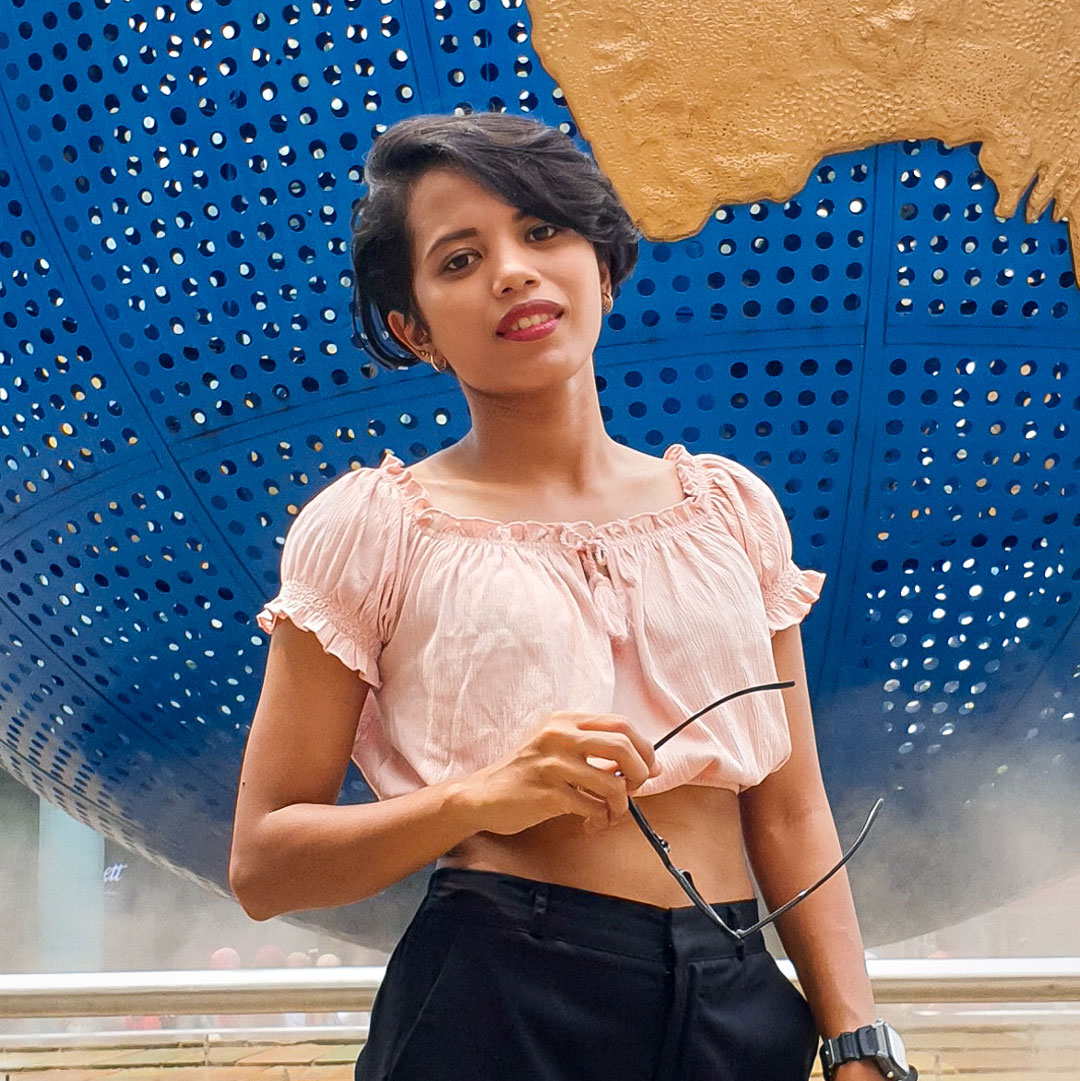Civet cats are considered one of the world’s endangered species living in the tropical rain forests throughout Asia and Africa. Sadly, these mammals are used for coffee and fur. The small, mongoose-like nocturnal mammals are the main victims in history for the world’s most expensive cruel coffee.

The Civet cats consume the coffee cherries and ferment them during digestion, then excreted in the a form of coffee beans. It is believed that the excreted beans which are then processed into coffee is a perfect brew to wake you up.
Kopi Luwak or Civet cats coffee has increasingly soared in popularity and become the most expensive coffee in the world due to its unique delicious taste. Studies reveal that the coffee contains the enzymes released by the civet cats during digestion. Their digestive enzymes change the structure of proteins in the coffee beans and eliminates the acid elements, thus the coffee tastes smoother than any other kinds.
During the production of the world’s priciest coffee lies miserable facts that lead to animal cruelty.
Based on data from undercover journalists in Indonesia, Civet cats coffee is sourced from “wild” civets. To make this coffee, the civet cats are violently captured from their habitats and sent to “farms” imprisoned alone to produce large quantities of part-digested coffee beans.
It seems like this animal cruelty has been a common practice in the world of coffee production here in this country. As the country has gained popularity as a tourist destination with wildlife and cultural heritage highlights, more civet cats are being snatched for coffee plantations. The tragic part is that as part of the coffee plantation, the money can be summed up from the civet-ogling tourists.
Being kept in small cages in abysmal conditions, low sanitation and incapable of living in the wild as nature intended, civet cats plantation are far from standard welfare requirement researches said. “The cages are completely barren, they’re filthy, and there’s no way for them to climb. They’re absolutely soaked through with urine and droppings all over the place”, said Neil D’Cruze, World Society for the Protection of Animals.

As a matter of fact nowadays, the raise of the civet cats coffee popularity is very difficult to control experts said. Sari Makmur estate, one of Indonesian export companies based in Medan, however, claimed that they are not linked to any kind of animal cruelty for the coffee plantation or keen on growing civet cats into coffee production.
“In order to sustain or meet the demand for this market, we breed our own civet cats and then release them in our farm when they are mature enough,” claimed Andry Spranoto, Sari Makmur’s Vice President.
All in all, what makes Civet cats’ coffee so special is that wild Civets pick and choose the top-quality coffee cherries to eat. The critical question then rises here: how can you be so sure that it is wild or caged? There is no absolute way to tell whether a bag of Civet cats’ coffee is made from wild or caged animals. And there is no certificate to ensure its safe from both an environmental standpoint and from a consumption standpoint.
So, would you still drink it?
_______
This article is originally from paper. Read NOW!Jakarta Magazine October 2018 issue“A Jakarta Smorgasbord”. Available at selected bookstore or SUBSCRIBE here.







